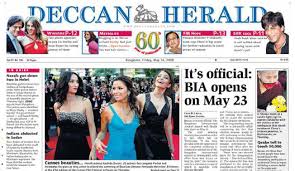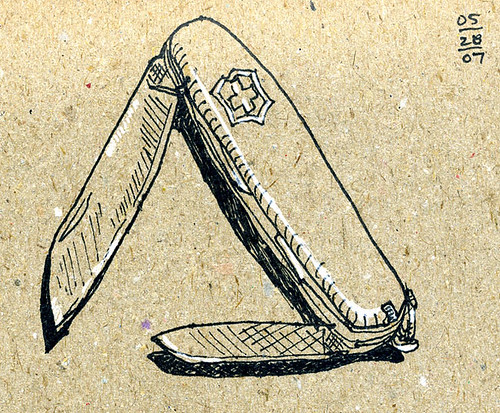|
Observe.... Understand......
|
The whole truth about sight or
observation is contained in these sentences:(1) You must go about with open eyes
and ears and see and hear as many facts as you can. (2) You must try to read or
understand what you see.
|
Xerox
Memory
|
Draw up from memory the component
parts of your pen or some other familiar object; then take out the object and
examine it to see how many items you have omitted.
|
In
Library
|
Run your eyes over the shelves of
a library, or over a row of books; then try to recall the titles- also as many
of the authors names as you can.
|
Documents
Today!
|

Make an effort in the evening to
recall the appearance and contents of the various documents you have handled
during the day.
|
Strike Out c’s & e’ss
|
Take out your watch, and with a pen or pencil strike out all the c’s and
e’s in a paragraph of a news paper.Time that ought to be taken is appxly one
minute to strike out 100
words.
|
Sound
Detector
|
|
As opportunity serves train your
hearing to detect the sounds that come to you in places selected for that
purpose: The winds as affected by material objects- trees, buildings, telegraph
wires, etc. (b) The songs of birds; the sounds of countryside (c) Industrial
sounds (d) Street sounds (e) The inner effect of vocal or instrumental
music. |
|
|
Waiter in a
restaurant
|
A
waiter in a popular restaurant will take the orders of four men, sitting at the
same table, repeat the order to the kitchen dept. and serve them some minutes
later, giving the right food to each of the four. This is good ear perception.
To train your hearing, take a directory, or any other list of names and
addresses; and having read out two audibly and slowly, but only once, close the
book and try to recall them. Persevere.
|
Draw from
Memory
|
The practice of drawing from memory is one which employs several
powers- not only memory, also an ability which is of great practical service.
What to draw?… Almost anything will do. But all to be taken in at a glance.Take
a window you see daily- or select a leaf. Compare your work with the
original.
|
Walk &
Discover
|
Walk
along a road or street well known to you and discover the facts not previously
known to you. |
Anything I never
saw?
|
Take
an object like a pen, a leaf, or writing paper, a stone, a shell, a cork, or any
such article, and examine it closely to see whether you can see in it anything
you never saw before. Allow three minutes. Then write down in your notebook what
you found. If you do not succeed with the first object chosen, try
another.
|
“It’s dogged that does it!”
|
You are in training
everyday; Practice these exercises
regularly.
|
| Much
effort; Much benefit!! |
|
|
Look at a
Rupee
|
Look at a rupee coin for 10 secs(the side with
the year on it). Then cover it up and reproduce what you saw- if not by actual
drawing, by written description…Afterwards compare with the original. In later
expts. Use other coins. Keep an account (a) of the number of facts on the coins,
such as words, signs, numbers, etc., (b) of the facts you scored and
missed.
|
Paraphrase
|
Paraphrase a passage from a
storybook, that is, put into your own words, as if telling a friend about
something you once read. You will take care not to be prolix. Try to keep to the
same number of words as the original.
|
Jot
Down
|
·
See
and hear all you can; but in your notebook jot down impressions as to meanings.
Here is a sample of “observation with inference”-- What struck me at Bellary Royal
circle·(1) The tale the man told. (2) How the
audience listened.(3) The look on their faces.(4) What diseases the quack could
cure.(5) How many fancied they were ill.(6) The ready way they bought his
cure.(7) Only two bottles left.(8) Quickly bought up.(9) Mistake by quack- he
finds another dozen bottles.(10) Great relief of audience; renewed
sales.
|
 |
|






No comments:
Post a Comment